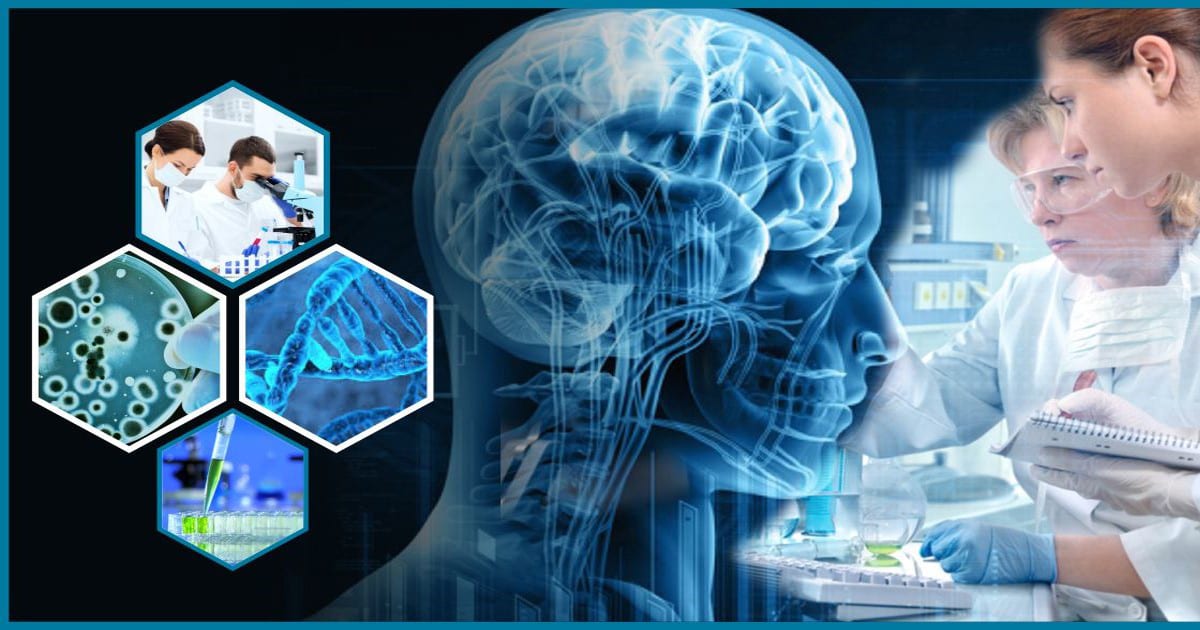FA&M 2021 Conference Highlights
future of information

Kristen Kazarian, managing Editor
The fourth industrial revolution is upon us, and it’s time to move forward
The Future of Information
Unique Snacks is a 100-year-old company that manufactures its own brand of pretzels and just went through a rebrand, so they’re looking to branch out into other products. “We've grown nearly double digits every year since 2008, and our growth trajectory is very optimistic with the recent rebrand and getting into some new snacks,” said Justin Spannuth, vice president and chief operations officer of Unique Snacks, a 6th-generation, family owned business.
Spannuth is also a member of the SNAC International Board of Directors, and oversees projects in areas such as raw material management, manufacturing processes, marketing, sales and finance. Here, he discusses the path to the fourth industrial revolution, or Industry 4.0, and what the territory looks like.
A look inside Unique Snacks
The business started as a small brand, eventually growing into a medium-sized one. They have no investors, but Spannuth said they push to continue implementing innovation in their products. He added that with a name like Unique, everything they do has to be different. Each part of the business is treated as its own product, and they find ways to affordably improve.
Augmented reality (AR) allows you to view equipment of products and have options of an overlay of real and digital items, side-by-side comparison or even a tutorial showing you exactly what to do on your actual machine. Photos courtesy of The Future of Information presentation by Unique Snacks

Spannuth and his brother run the daily operations of Unique Snacks. Everything they know is from hands-on experience or inquisitive research when something will make the company and its products better. Justin believes that the Fourth Industrial Revolution is bringing a lot of the future to the foreground, helping to understanding what's ahead in the next 10, 20 and 30 years, and the evolution is ongoing.
“I think a lot of manufacturing is still adapting to the third industrial revolution,” said Spannuth. “The first revolution to the second revolution was a 30-year gap. Second to the third was about a 55-year gap. And now the fourth industrial revolution is starting and a lot of people are still adapting to the third.”
With Industry 4.0, many technologies are driving the change, and often change comes down to cost, so money is a major consideration. Typically, change is the answer to problems that create a financial strain. You may have an employee shortage or you want increased safety in place to reduce risk. With the fourth revolution, your tools for change can be artificial intelligence (AI), robotics, blockchain technology, faster computing power, quantum computing, augmented reality (AR), virtual reality (VR), VR biotechnology and the Internet of Things (IoT).
Justin Spannuth, vice president and chief operations officer of Unique Snacks.

Artificial intelligence
“Artificial intelligence (AI) is going to be one of the most forward facing parts of this fourth industrial revolution. It's going to be the part that everyone sees. You're literally going to see it and hear it,” Spannuth said. AI is the ability to take large amounts of data, consolidate it, understand it and create a response. It can be a physical response or a vocal response. It could be a response that's sent to another piece of equipment or another piece of networked intelligence.
There are parameters in place for food safety and quality. For example, say you’re running a moisture test on a piece of finished product and it is out of your parameter. Now these guidelines can be set that say you're out of parameter by X amount and it can suggest what to do. Speed up a belt, slow down a belt, add temperature, reduce temperature; it can suggest what should happen to get you back into spec.
Blockchain is used in manufacturing by track and trace, protecting and monetizing critical intellectual property, simplifying and safeguarding quality checks, advancing machines as a service (MaaS) and enabling machine-controlled maintenance.

“Another example of how it will be introduced into our workplace is that you can upload all the parameters of your handbook and your employees can walk up to a station and talk to a computer and ask questions or request days off. And it will respond and tell you how many hours of PTO you have and then send it to your manager for approval. And all of this is for cost reductions or where we are lacking people,” explained Spannuth.
Robotics
Robots from Boston Dynamics have brought a new level of technology into the robotics side of things, Spannuth explained. The robots are becoming more skilled at self-balancing, fluid-like motions and moving like humans. In one test, the robots were given a task to complete an obstacle course, and they solved it through artificial intelligence.
“If you moved one of those boxes, one of those ramps, those robots could still complete that course, unlike if you had a preprogrammed course. The robots are going to sense, via a camera, that the block they planned to step on isn’t there. It might stop them, or it might slow down their course time, but they’re going to adapt and respond to each other,” Spannuth explained.
Blockchain
Blockchain has become important and quite popular recently. There are four different types of blockchain technology, according to Spannuth, and Blockchain is where cryptocurrencies live.
“Creativity is just intelligence having fun.”
—Albert Einstein
Blockchain fits most with automation in the food sector. With food safety, having a supply chain where you have a consortium that most likely will be driven from the retail side, they want to reduce risk. It’s the same reason for third-party audits and certified boards like the BRC. This helps create another level of verification of different points of the process, from ingredients on the farm, the product itself, the retailer confirming different aspects of production, transportation, and so forth, creating full transparency for the person that would assume risk with the manufacturer or the retailer. Typically, it’s the end retailer that has the most risk, Spannuth asserted.
Biotechnology: Scientists are finding ways to adapt products or processes through studying nature at cellular and biomolecular levels.

Other ways blockchain can be used in manufacturing is to enhance the track and trace process and understand where your products came from and where they are going. Typically, right now you see one down and one up. This is completely changed. If you go onto a blockchain, you can see where your ingredient came from multiple steps down, and you can see where it went multiple steps up. It creates a whole new level of transparency and could be used for marketing to consumers if they want to see true farm-to-table.
Augmented Reality and Virtual Reality
With AR and VR, you have a machine with sensors that can troubleshoot. Just hover the eye over a machine part, for example, and it can tell you exactly what's wrong with that part. In the future, perhaps the only time you’ll have to turn on the lights in a manufacturing facility is when something is going wrong and you send your maintenance team in, and they can hover augmented reality over a motor, for example, and it tells you through data where the fault is, saving you a tremendous amount of time.
Virtual reality is going to reduce the travel needs for OEMs. You can wear VR glasses, your maintenance person can wear VR glasses, and so can the OEM, and it’s like they’re standing right next to you. VR can also be used as a training tool. VR takes a lot of internet power, cloud computing, and infrastructure to make it a normalization, so it can be costly.
VR Biotechnology
“I think biotechnology will be the one that lasts and lingers and takes us into the fifth industrial revolution whenever that is,” said Spannuth. “Study biotechnology, reverse engineering cells and molecular levels to understand how they work. Obviously, nature has created many things to work in the least amount of energy possible or in the most efficient ways possible, so we can understand how they work on a much better level. We can change how we do things and create cleaner energy, simpler materials and stronger materials. How do these things work? It's the ultimate reverse engineering.”
The pretzel product line of Unique Snacks.

